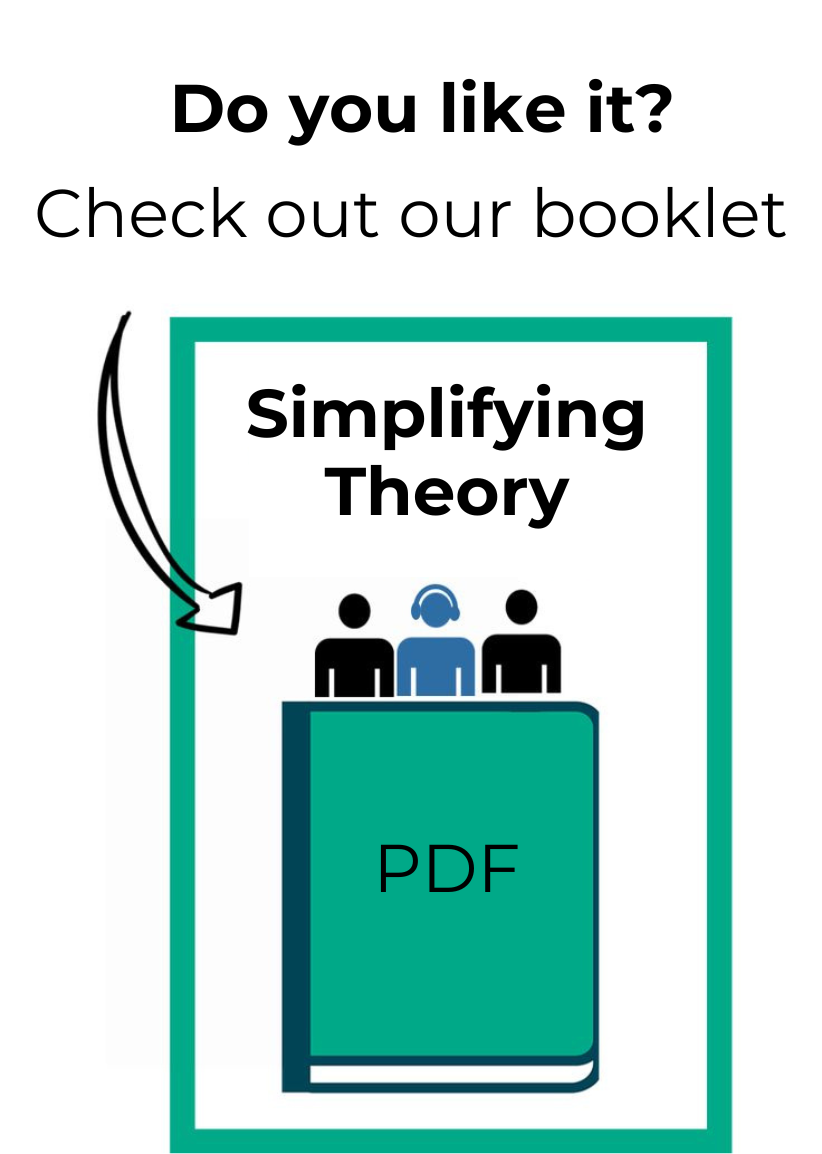After studying several subjects, here we are returning to the blues world! You have already learned that the dominant V7 chord allows us to use many interesting features in improvisation. It is the most explored type of chord in terms of outside notes.
What we are going to do now is to take all the concepts we learned about dominants and apply everything within the blues; after all, the blues is basically made up of dominant chords! You already know the basic structure of blues, so now it’s time to get off the surface and go far beyond the minor pentatonic scale + blues scale.
It’s time to apply the other approaches we know! Let’s summarize what you can use over the blues chords (first, fourth and fifth), which are all unaltered dominants:
- Melodic minor scale one fifth above
- Diminished scale one semitone above (dom-dim scale)
- Hexatonic scale
- Dominant Bebop Scale
- Mixolydian mode/scale
- Major pentatonic scale (over the first degree)
- Chromatism with Target Notes
We don’t need to mention the melodic minor, diminished, hexatonic, bebop and mixolydian scales here, since justification for applying each one of them is to think that each blues chord acts as a dominant chord (we have already studied this approach for each one of these scales).
Even though these dominant seventh chords are not resolving in their tonalities, they are still dominant, so we think of each one as if it were a V7 chord.
Chromatism with target notes has also been fully explained in other topics and you already know how to use it.
The new thing here is the major pentatonic. In the same way that we use the minor pentatonic, we can also use the major pentatonic on the first degree. Follow the logic: the major pentatonic takes the following degrees, 1st, 2nd, 3rd, 5th and 6th. In the case of the G chord, the major pentatonic would then take the notes G, A, B, D, E. Let’s see if these notes are already present in some other scale that we are using:
For the G7 chord, the D note is present on the minor pentatonic scale of G. Okay, so I don’t have to worry about that note. The E and A notes are present in the D minor melodic scale (which is the minor melodic one fifth above G7). The B note is present in the mixolydian scale of G.
That is, when playing the major pentatonic of G, we are doing nothing different than using notes from previous scales that we have already applied. So, there is no problem in doing that!
A curious fact: the major pentatonic within blues is widely used by guitarist B.B. King. If you want to perfect yourself in this style, listen to B.B. King a lot and notice the way he uses the major pentatonic.
If you are not comfortable with the major pentatonic shape and still love the minor pentatonic shape, you can think about the relative minor of G (E minor) and then play, in this case, the minor pentatonic of E.
Note: just as a tip, the diminished scale in blues sounds better when it is played moments before the transition from one chord to another. For example, before leaving the first degree to the fourth, try to apply the diminished in that moment. Do the same thing in the transition from the fourth degree to the first. This scale sounds better that way because it is used a lot on the idea of “passing chords”, as we already studied.
Now you can consider yourself a special musician! How often do you usually listen to outside notes in blues? We can do almost everything within the blues, but 99% of the musicians do not explore any of this, they just thrash the minor pentatonic with a blue note. What a waste of opportunity, isn’t it?!
In this topic, we talk only about improvisation. In the next advanced blues topic we will talk about concepts of functional harmony.
Go to: Improvisation in jazz
Back to: Module 11
